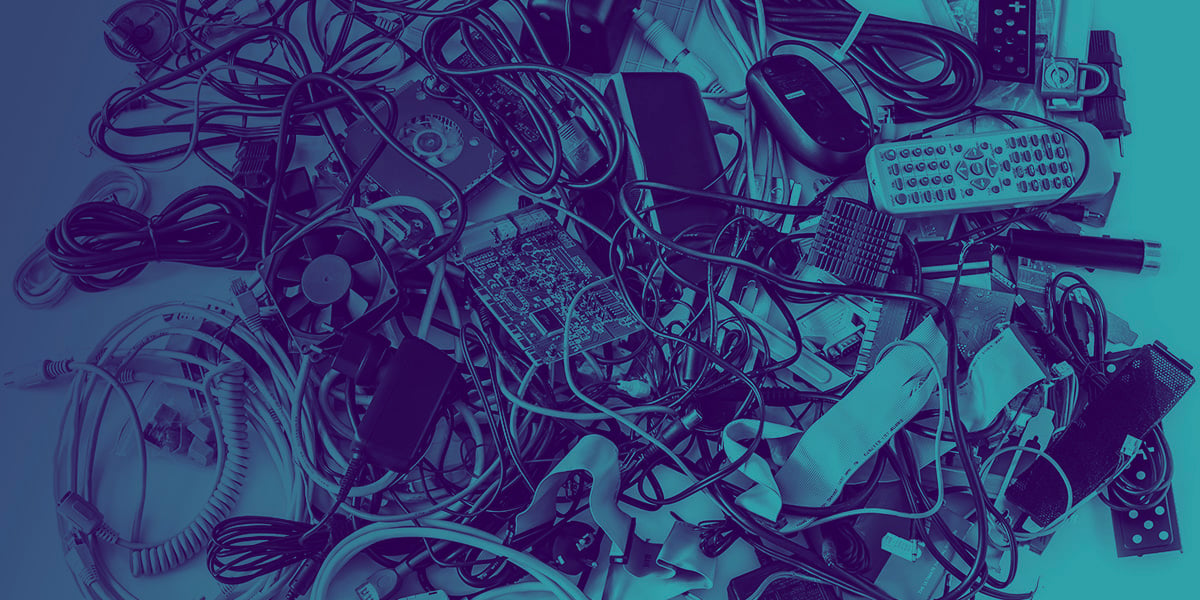Remember when phones used to be connected to a cord? When the only option to talk with someone meant sitting in one spot—held to as far as that cord could reach?
Or even before mobile phones, when you could only catch a person at home to talk, because phones were only accessible at your house?
While that may make you chuckle, there’s actually technology in your branch today that’s a lot like a phone connected to a cord—holding you back from branch transformation and limiting your ability to provide a better branch experience.
But it doesn’t have to be that way. Here’s a look at the worst technology offender in your branch and a solution to cut the cord for good.
Workstations: Your biggest technology obstacle to a better branch experience
Much like a phone connected to a cord, think about how your tellers, personal bankers, or member service representatives are processing transactions today.
Most likely, everyone has a specific workstation they must sit at to handle a client request or transaction.
Jennifer usually sits on the right side of the recycler or dispenser (TCR) and Sarah takes her spot on the left. Personal bankers and MSRs—they each have their own desk or office to work with clients and have to ask a teller for help to handle any transaction.
The point is, everything they need to do their job is tied to that specific computer and workstation. The associate must be sitting next to the TCR, pin pad, check scanner, and computer to process a transaction.
Sounds a lot like a phone connected to a cord, doesn’t it?
Transform your banking technology with NORM
Just like cordless and mobile phones transformed the way you communicate, there is a transformation happening today in banking technology that allows your branch equipment to be wireless and available to any associate in the branch. Everything is connected to your teller platform, all being run by a single device in the branch.
Developed by CFM, NORM gives banking equipment a “heartbeat,” integrating transactional hardware onto the network securely. Ultimately, this breaks the chains of workstations and teller lines, allowing associates and clients to move from place to place in the branch seamlessly, queuing up transactions from a tablet, a computer, or any device that can access the network.
Now, every piece of hardware in your branch is available to all appropriate staff members. Depending on what the associate is trying to do, they can use any transactional hardware to complete the transaction with ease.
This is the future of the market—think about the Apple store where employees are roaming and helping from anywhere in the store. This type of freedom creates a more relaxed, advisory type of branch atmosphere, versus cold teller lines, offices, and everything else that seems unfriendly.
Without this technology, your branch will be stuck in the past, unable to take advantage of open plan branches and universal tellers. It’s this wireless technology transformation that opens the doors to the more open layout of a true Branch of the Future design, and makes the concept of a Universal Associate possible.
Conclusion
Branch Transformation is typically focused heavily on design, but the technology behind a true Branch Transformation is a massive driving factor in opening up possibilities for real change. Without this wireless technology, your branch will be stuck in the past, unable to take advantage of open plan branches, universal tellers, and keep up with new trends and experiences consumers expect. The first and easiest step to transforming your branch technology starts with eliminating your rigid, workstation-based hardware. And with NORM, that’s a lot easier than you think.
